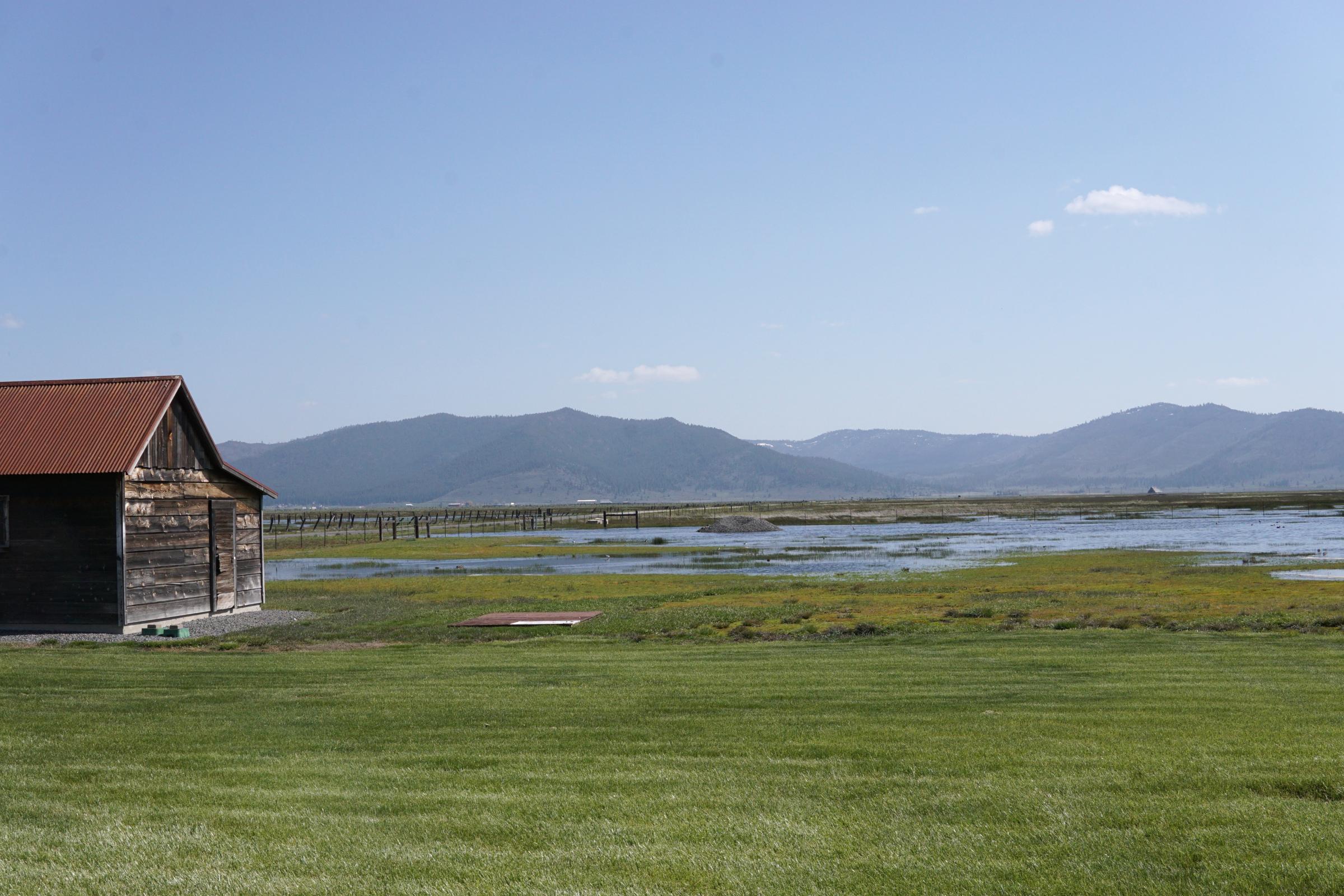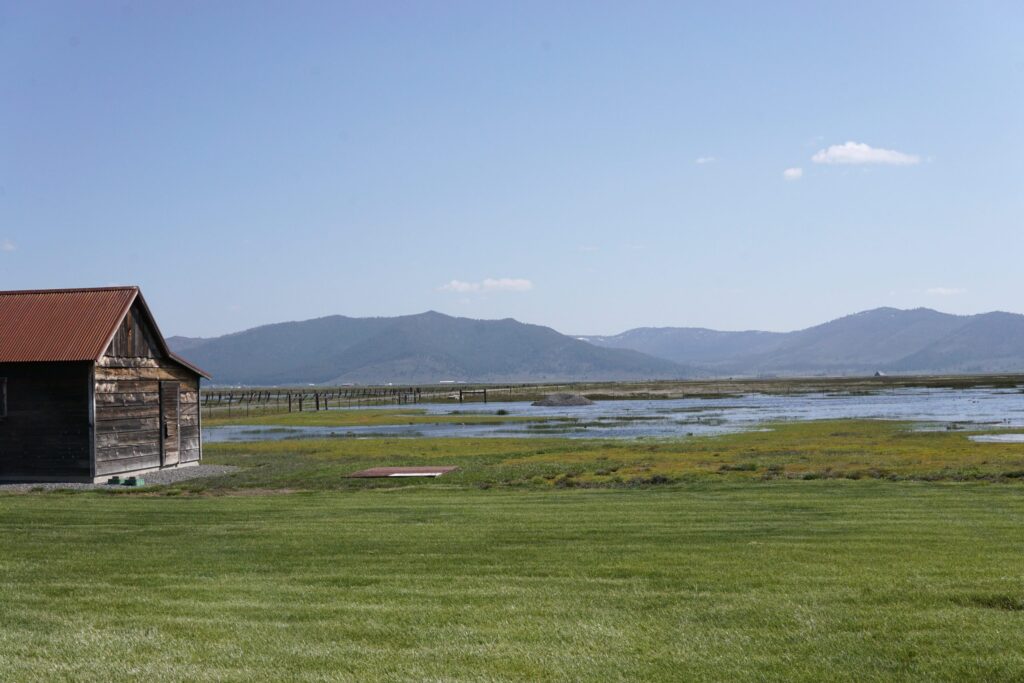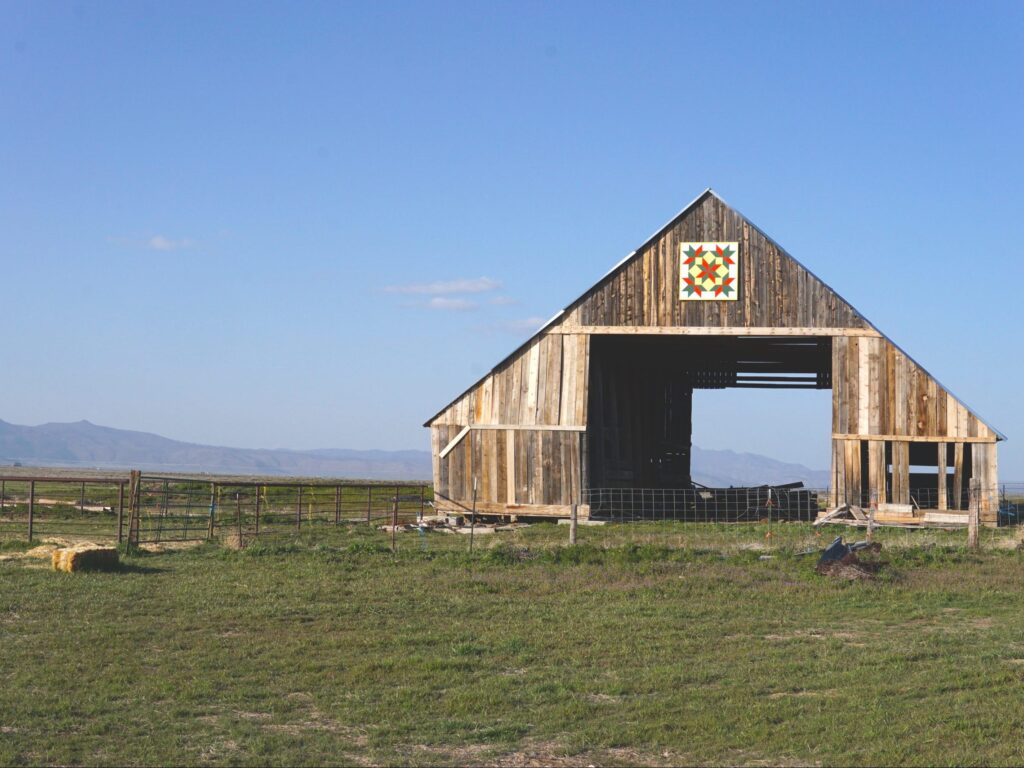The Wetland Reserve Easement program from USDA Natural Resources Conservation Service (NRCS) helps landowners manage their wetlands.
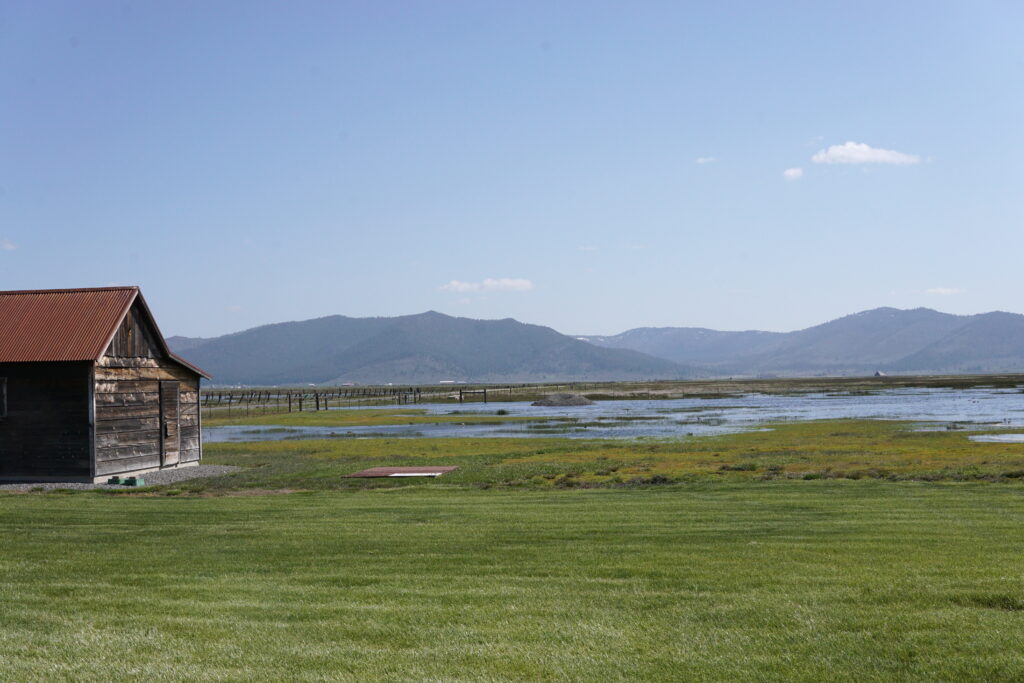
Wetlands on private land provide habitat for migratory birds, fish, big game, and other wildlife. Through the Wetland Reserve Easement (WRE) program, California NRCS works with landowners to conserve the benefits provided by these important areas while maintaining the value of their lands.
What are Wetland Reserve Easements?
Wetland Reserve Easements, or WREs, are a type of conservation easement specifically designed by NRCS to help landowners protect, restore, and enhance wetland habitat on their properties. Wetlands conserved through WRE provide habitat for fish and wildlife, including threatened and endangered species, improve water quality by filtering sediments and chemicals, reduce flooding, recharge groundwater, protect biological diversity, and provide opportunities for educational, scientific, and limited recreational activities.
WRE is a subset of the NRCS’s Agricultural Conservation Easement Program (ACEP). WREs are different from general conservation easements (those held by land trusts or similar entities) and other NRCS ACEP easements in that they specifically support agricultural wetlands and help landowners manage for wildlife benefits.
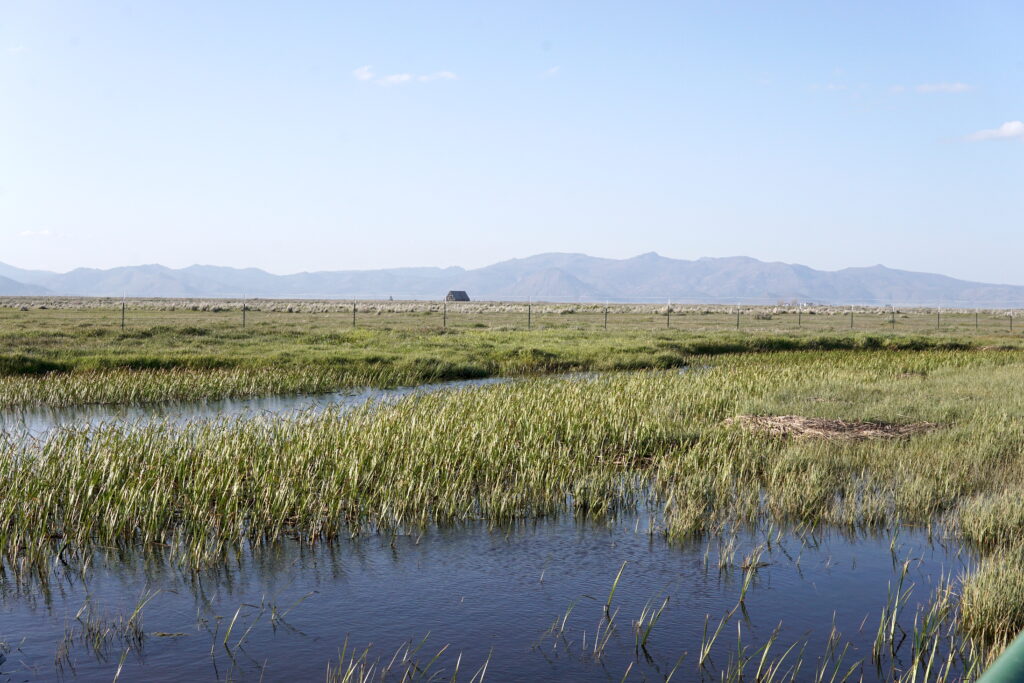
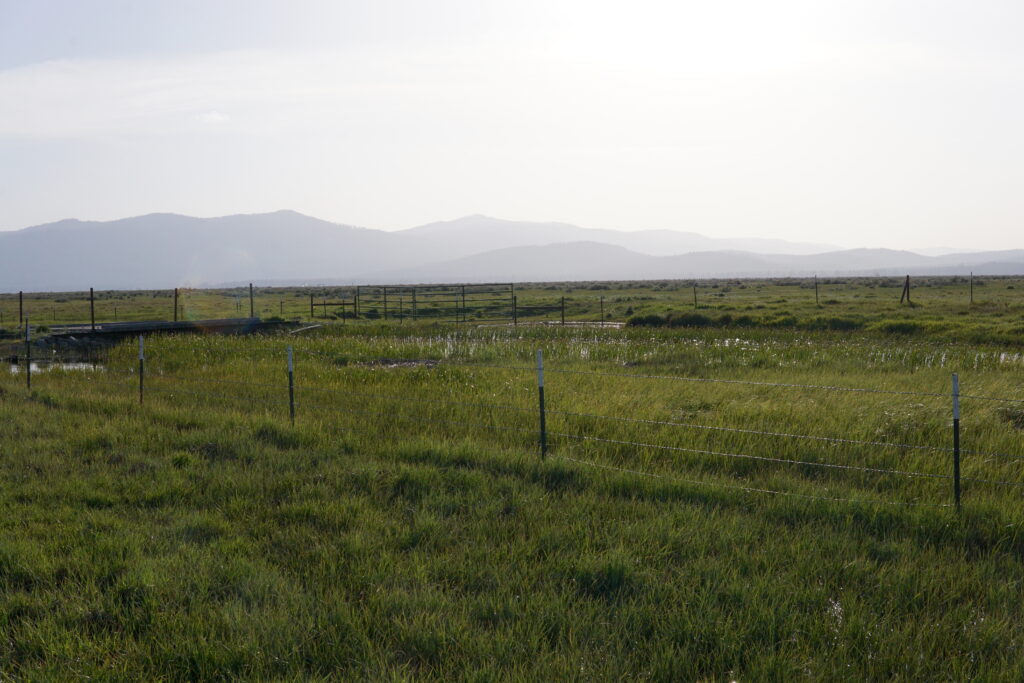
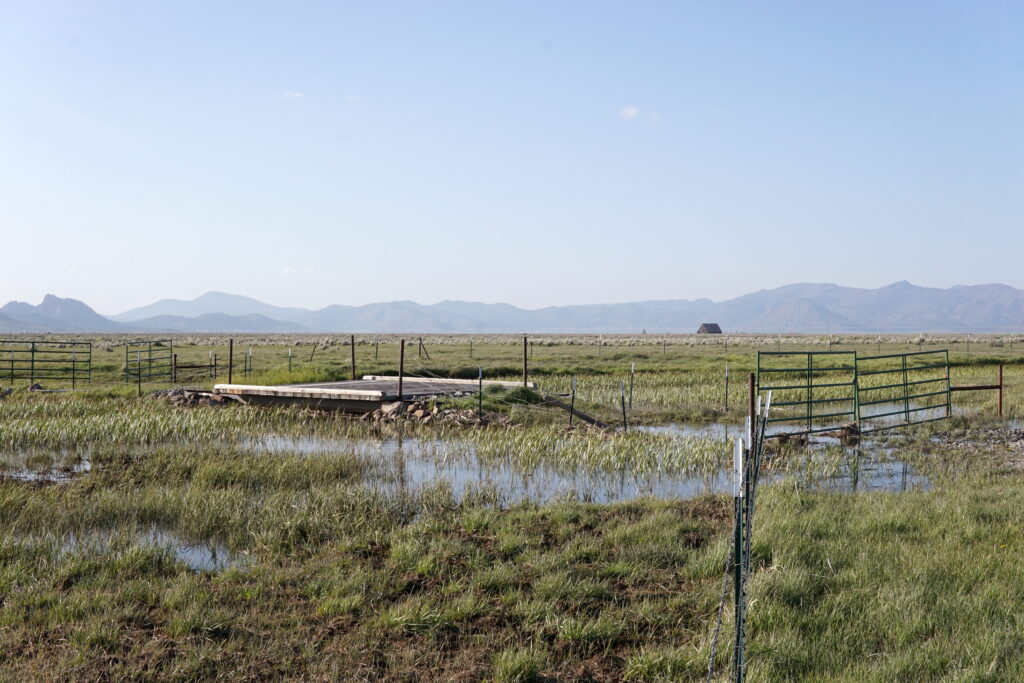
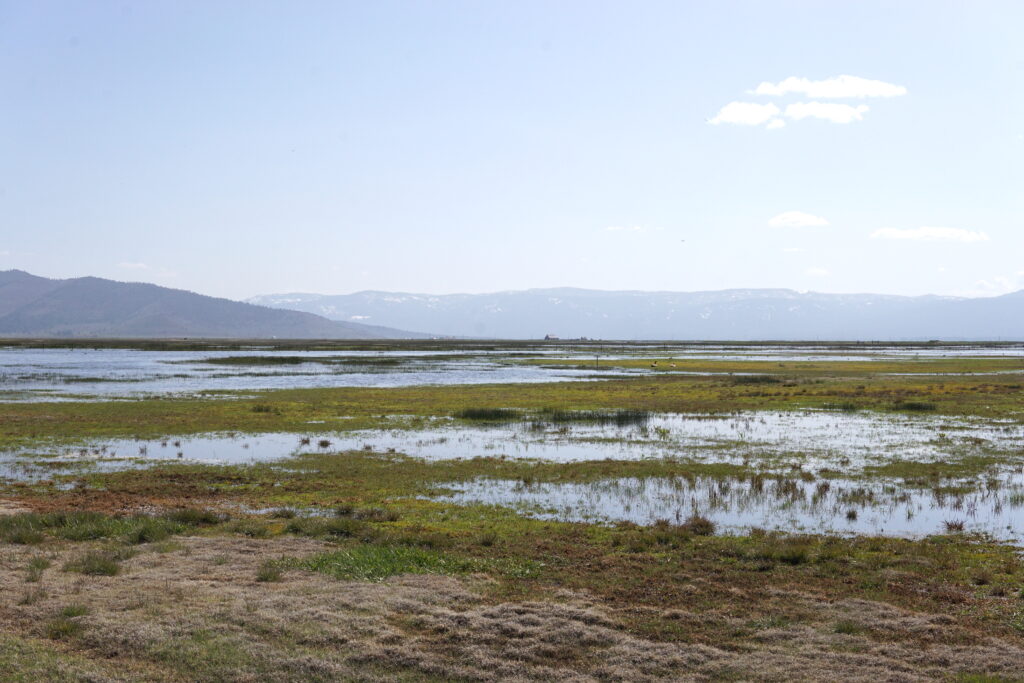

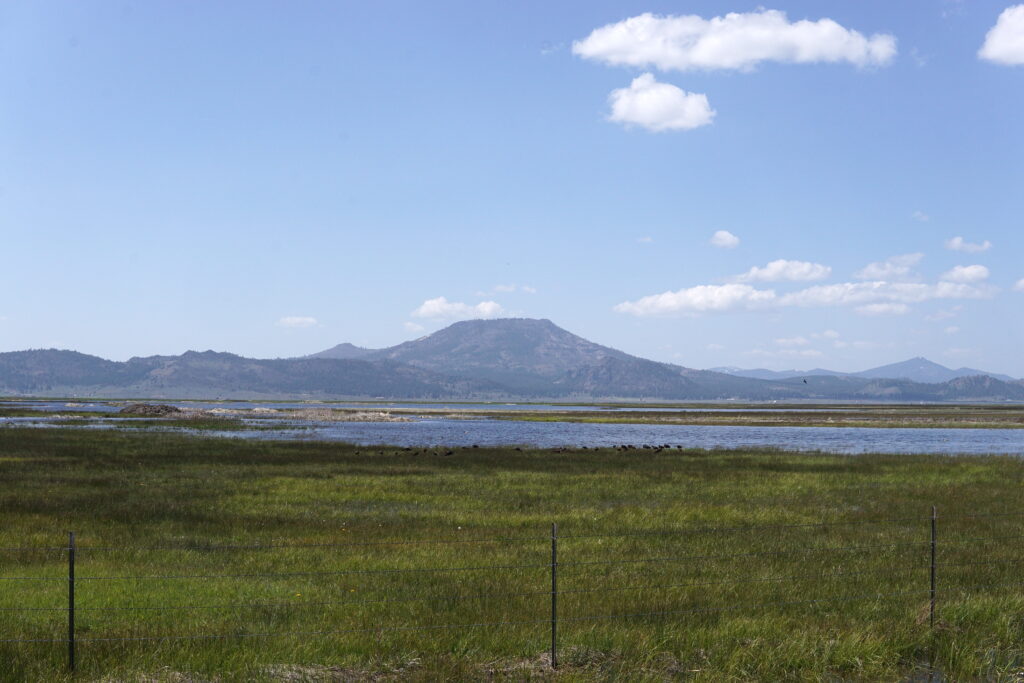
How does a WRE work?
Successful applicants will work with the NRCS to develop and implement a wetland restoration plan. Some activities that could be included in a wetland restoration plan are:
- Replacing aging dykes, dams, and other infrastructure.
- Improving fencing around riparian areas and sensitive wetland resources.
- Pest control and vegetation management.
After restoration activities occur, the NRCS agent will make annual site visits to monitor the state of the WRE.
Costs of restoration activities are covered by the NRCS as specified by the four different program options offered in California.
Program Options
In California, there are four different options for easements under the WRE program. They are:
Permanent Easements – Permanent Easements are conservation easements in perpetuity. NRCS pays 100 percent of the easement value for the purchase of the easement. Additionally, NRCS pays 100 percent of the restoration costs.
30-year Easements – 30-year easements expire after 30 years. Under 30-year easements, NRCS pays 75 percent of the easement value for the purchase of the easement. Additionally, NRCS pays 75 percent of the restoration costs.
30-year Contracts – 30-year contracts are only available to enroll acreage owned by Indian tribes. Program payment rates are commensurate with 30-year easements. Additionally, NRCS pays 75 percent of the restoration costs.
Grazing Reserved Rights Option – California NRCS is offering a Grazing Reserved Rights Option in specific geographic areas of the state as part of WRE. Permanent and 30-year easement options are available. For a grazing easement, NRCS pays 75% of the Permanent or 30-year easement values identified above. This option allows livestock grazing on enrolled land as part of an NRCS approved wetlands conservation and grazing management plan.
Who is Eligible?
Land eligible for Wetland Reserve Easements includes farmed or converted wetland that can be successfully and cost-effectively restored. Landowners must have owned the land for at least 24 months prior to offering land for easement, unless the land was inherited.
Land submitted for easement must also have clear title and written, recordable access rights.
Contact your local NRCS field office to find out how to apply. Applications will be ranked using the NRCS Conservation Assessment Ranking Tool (CART).
Get in Touch
Nate Key, WRE Team Leader, California Natural Resources Conservation Service Yuba City Field Office
Phone: 530-216-5856
Email: Nathan.Key@usda.gov
USDA is an equal opportunity provider, employer and lender.
WRE Examples in California

Leaving a Waterfowl Legacy
Dean Cook’s love for waterfowl led him to enroll the Island Ranch in WRE. The result is an oasis for migratory birds and wildlife.
Wouldn’t you land here if you were a bird?
“He’d go out on the levy and go ‘wouldn’t you want to land there if you were a bird?’” said Sharon Cook, Dean’s wife of 40 years.

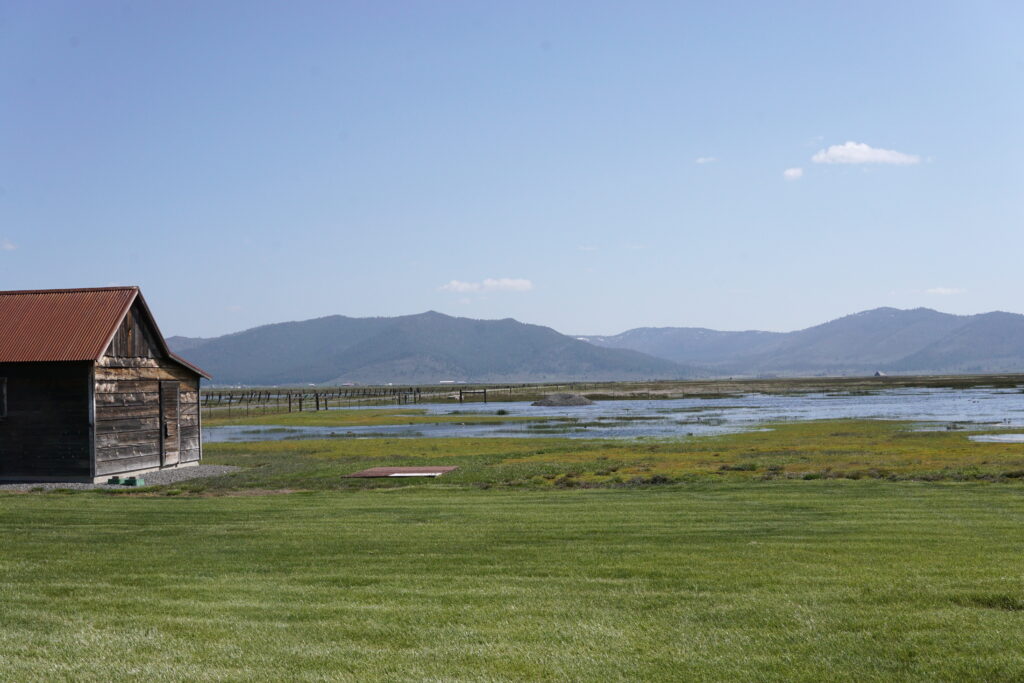
A Wetland Steward
“Dean definitely loved waterfowl, but he also loved everything that came with the marsh and wetlands. He wanted to take care of it,” said Nate Key, California NRCS WRE Coordinator.
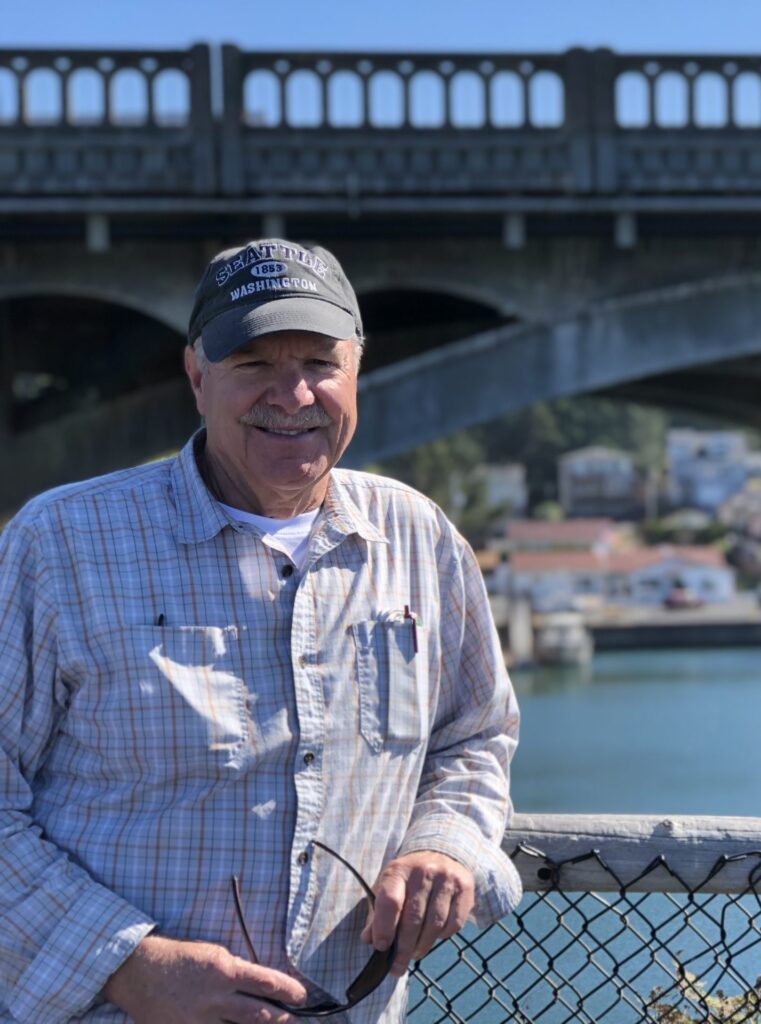

Keeping Family Land Intact
Jim and Mary Genasci looked to the WRE program to help keep their working ranch intact for their sons.
More water = better forage
“The only thing it’s really affected is that there’s more grass down there and the cows can stay on that area longer,” Jim said.
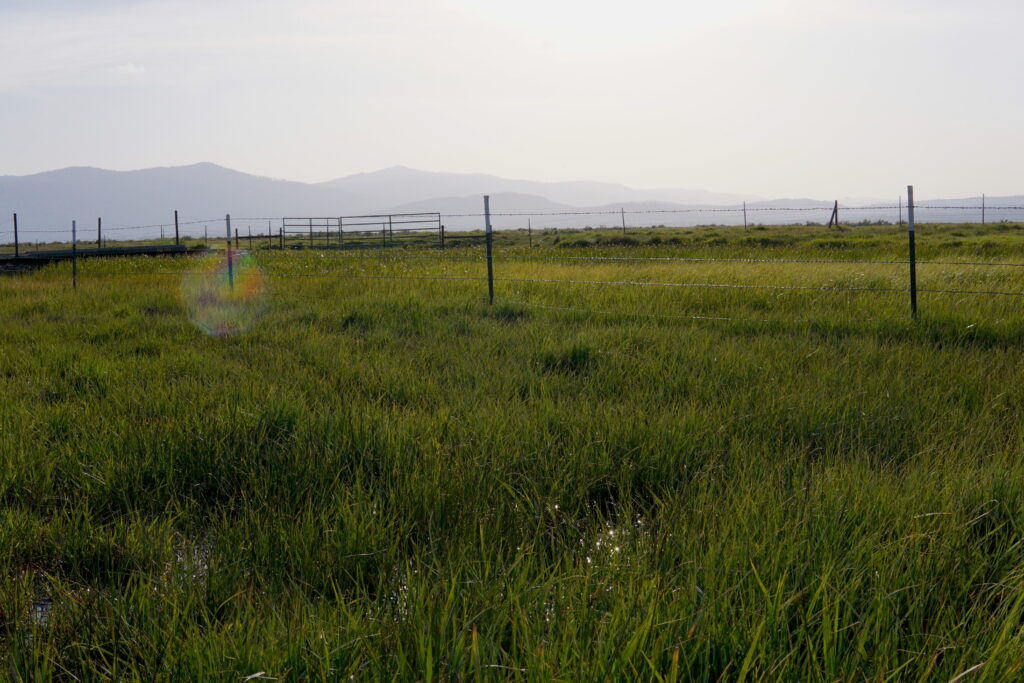

The only thing keeping the family ranch Intact
“We could make more money selling than we can with easements, but we believe in the goals. If we didn’t we wouldn’t do it,” Mary said. “It’s really affected is that there’s more grass down there and the cows can stay on that area longer,” Jim said.

